|
#1
| |||
| |||
|
I am looking for the UGC NET computer science syllabus; can you provide me the same??? As you are looking for the UGC NET computer science syllabus, here is the same: Logic Families Tn, ECL and C-MOS gates. Bookan algebra and M on of Boolean hctions, Flip-flops-types, race condition and comparison. Design of comb1inaItiona.l and sequential circuits. Representation Octal, Hex, Decimal, and B h q . 2's complement and 1's complement ariketic. Floating point representatim. 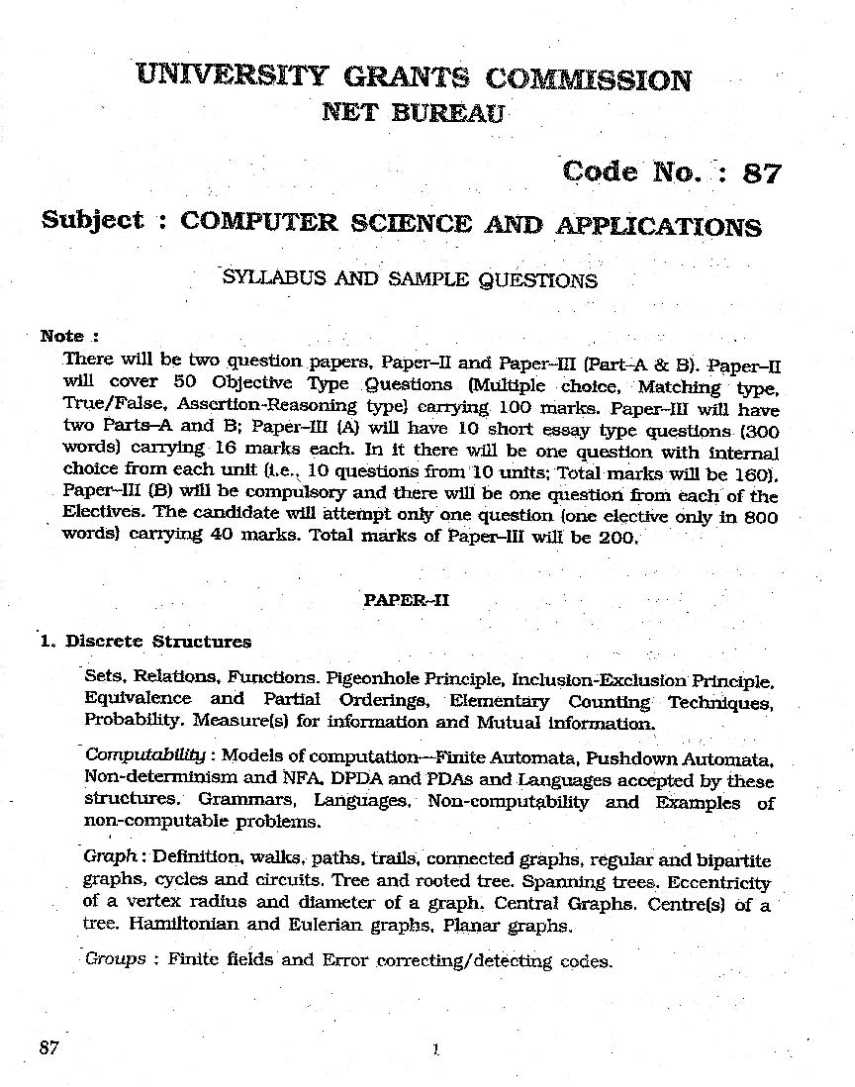  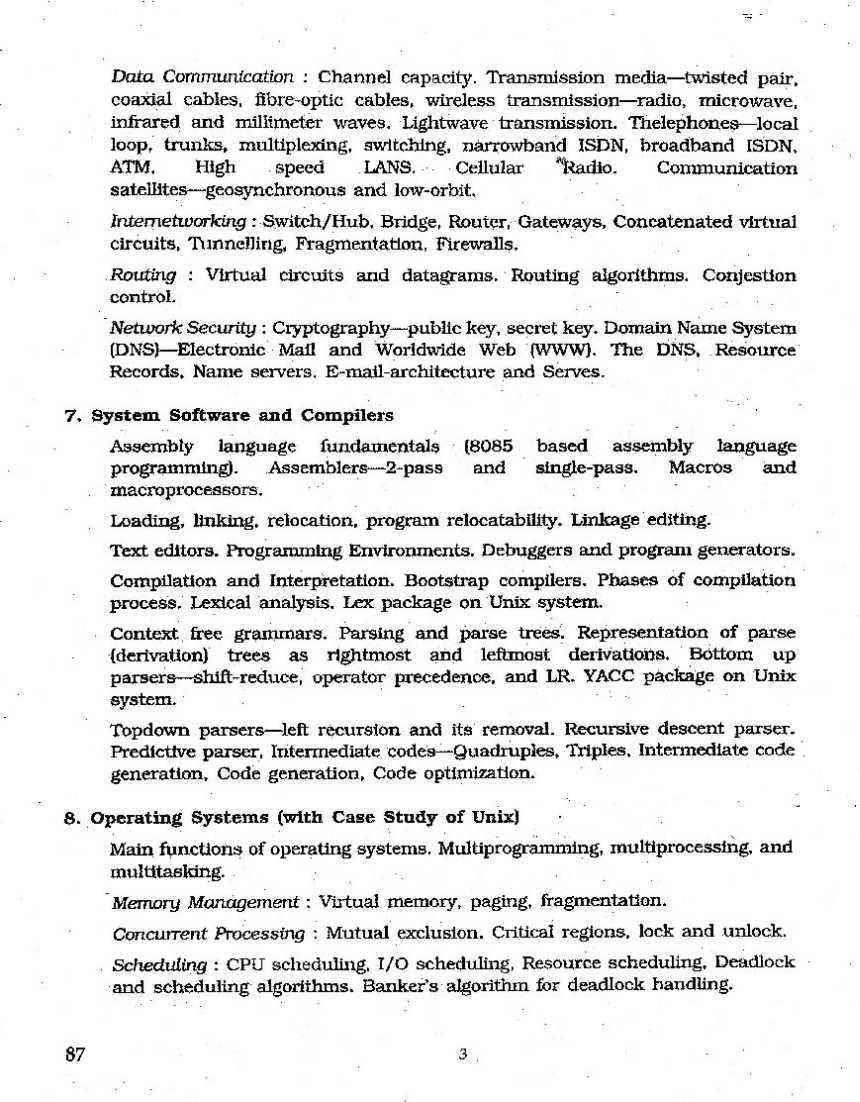 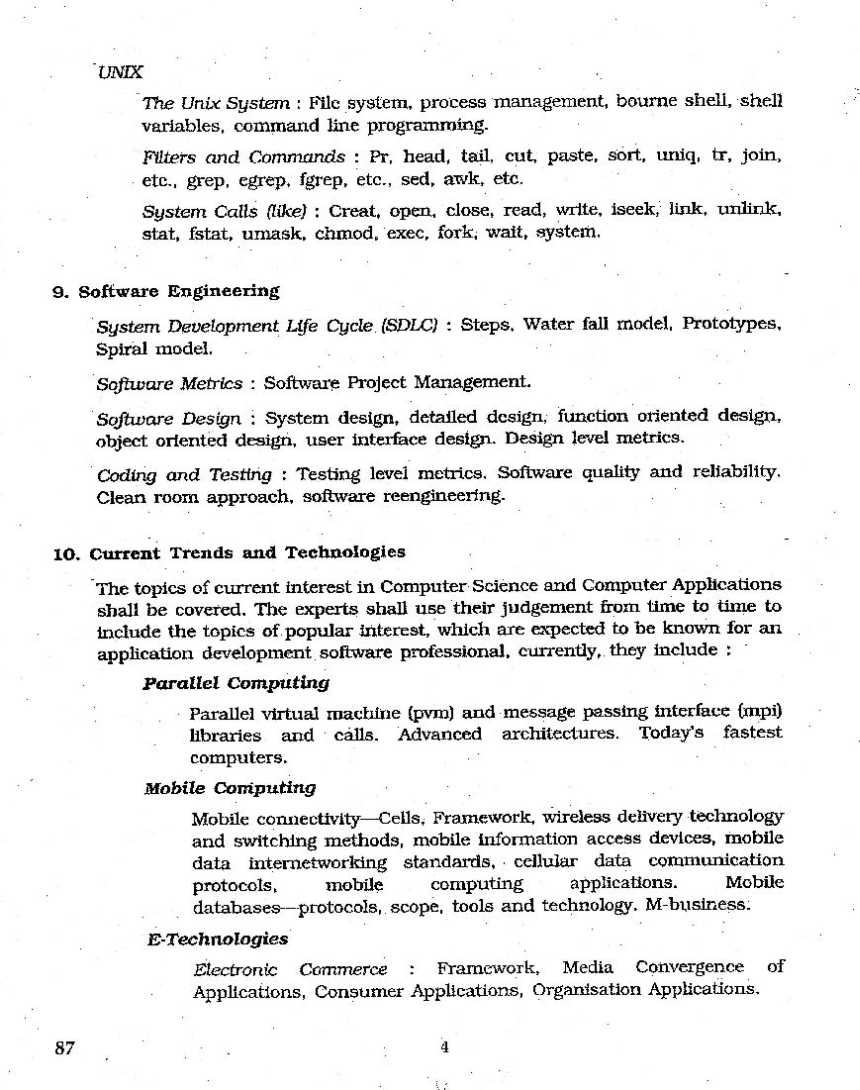 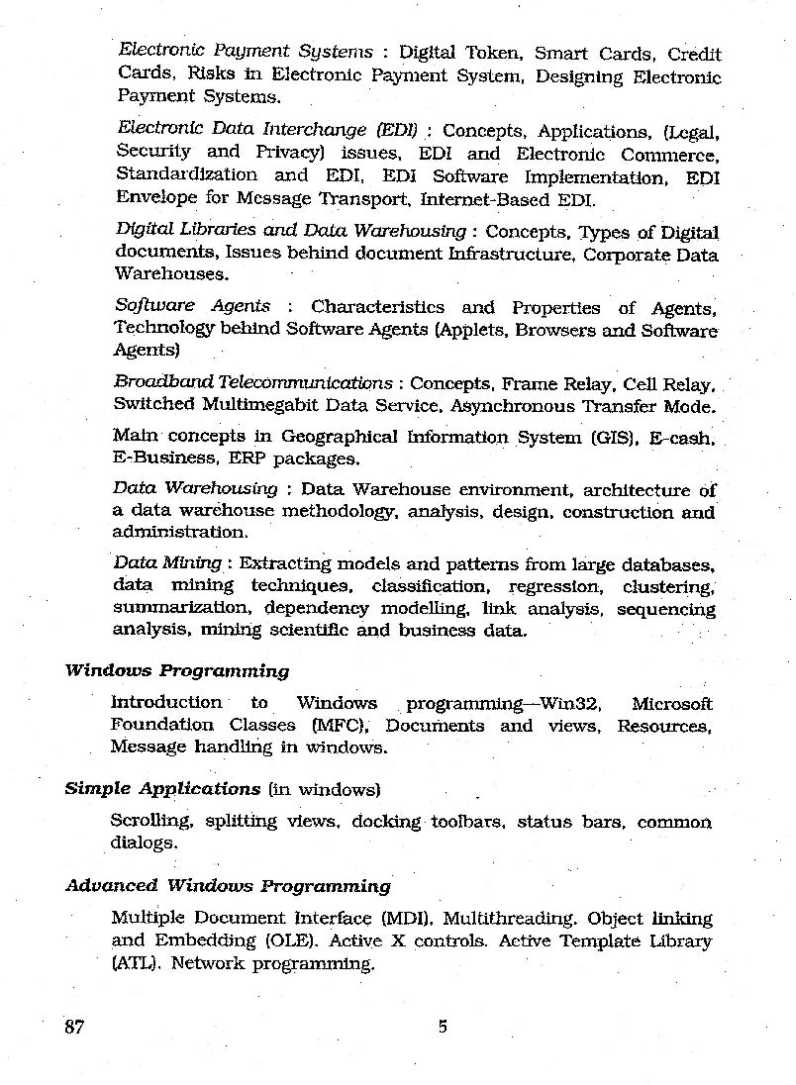 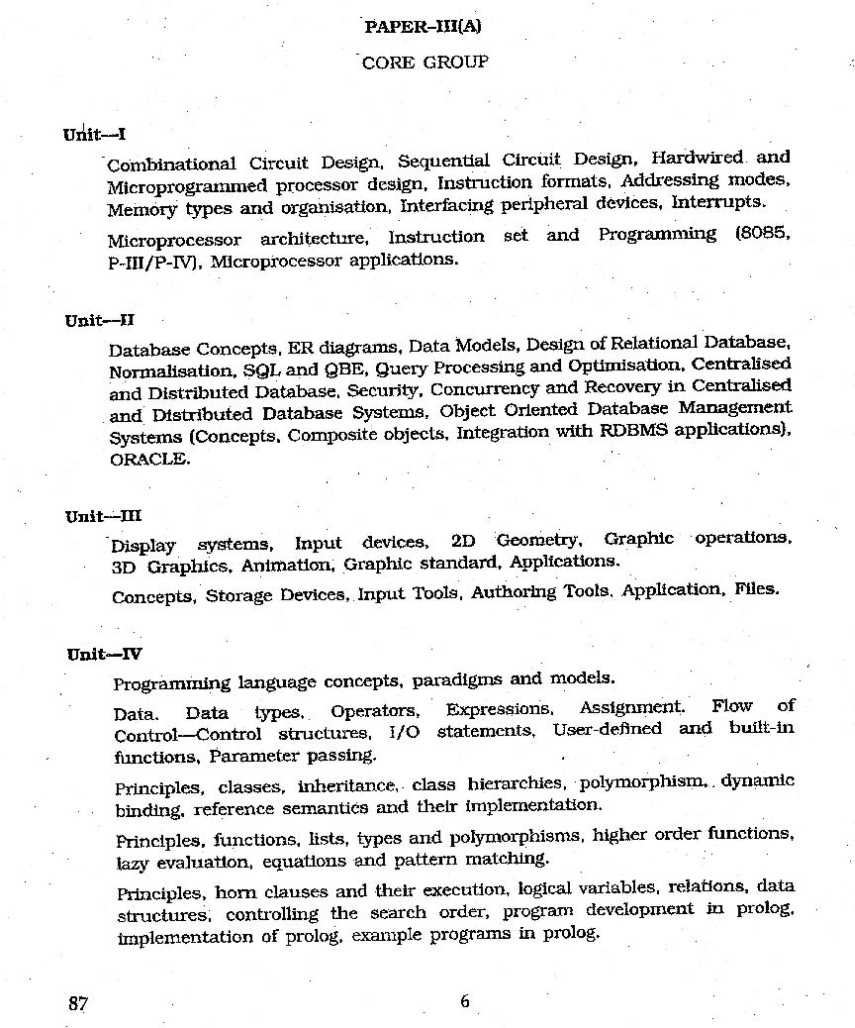 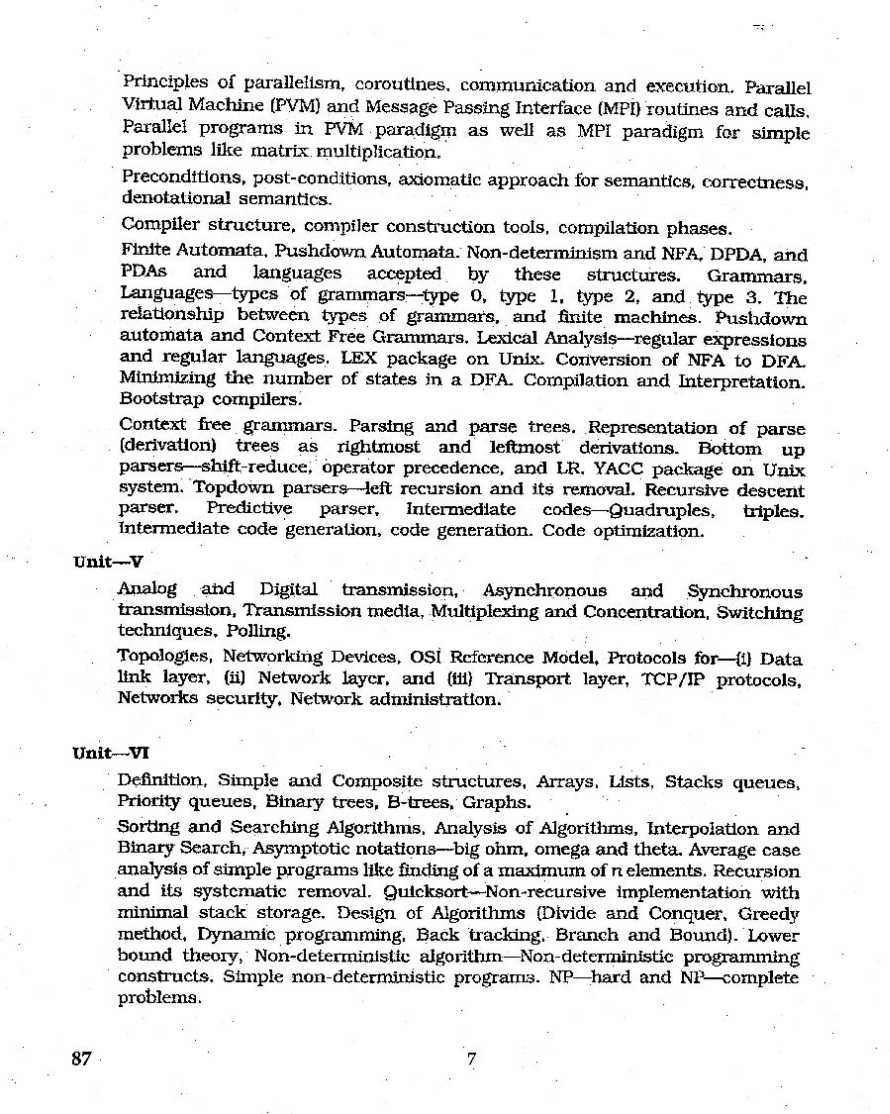  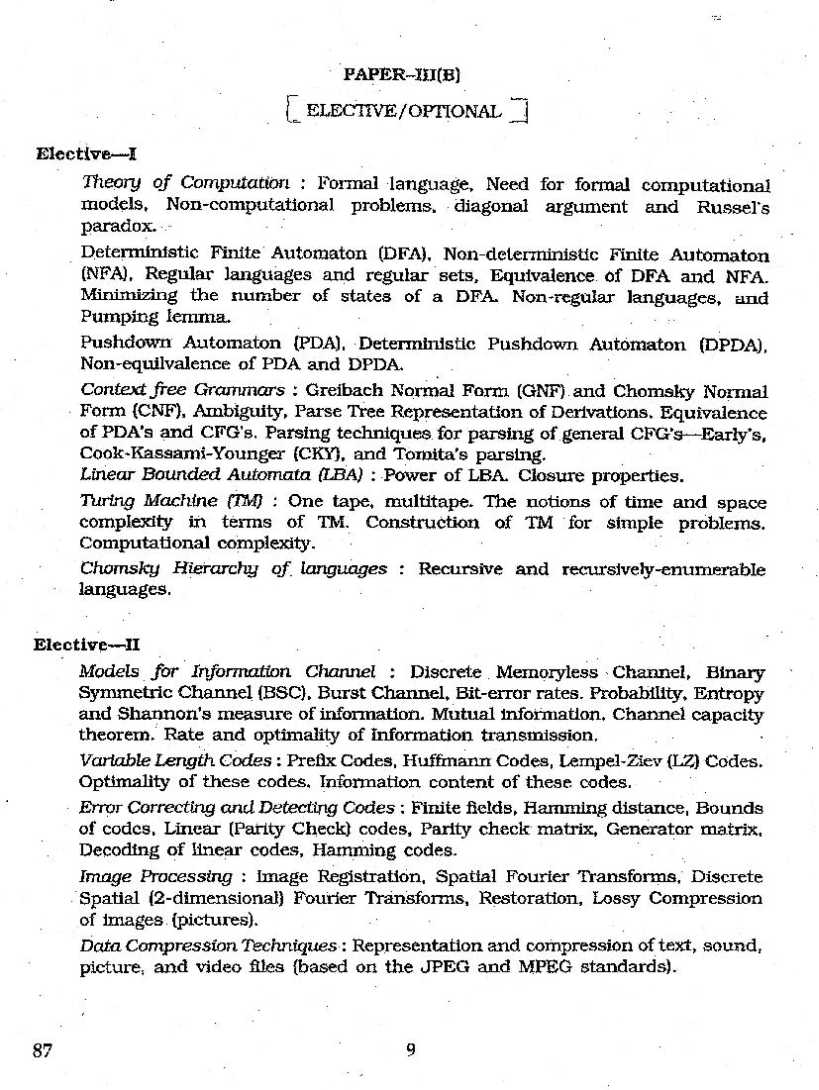  Last edited by Aakashd; May 25th, 2019 at 09:36 AM. |
|
#3
| |||
| |||
|
As you want to get the syllabus of Computer Science of exam of UGC National Eligibility Test so here is the information of the same for you: Syllabus of Computer Science of exam of UGC National Eligibility Test 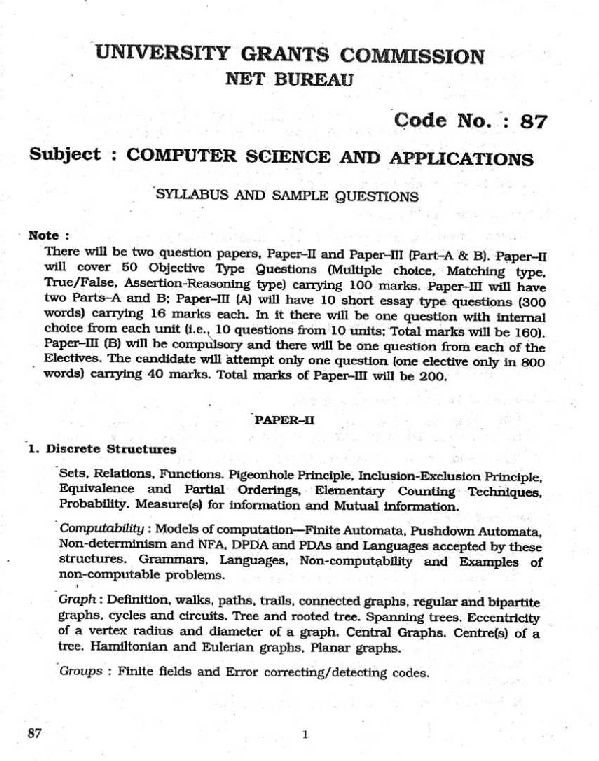 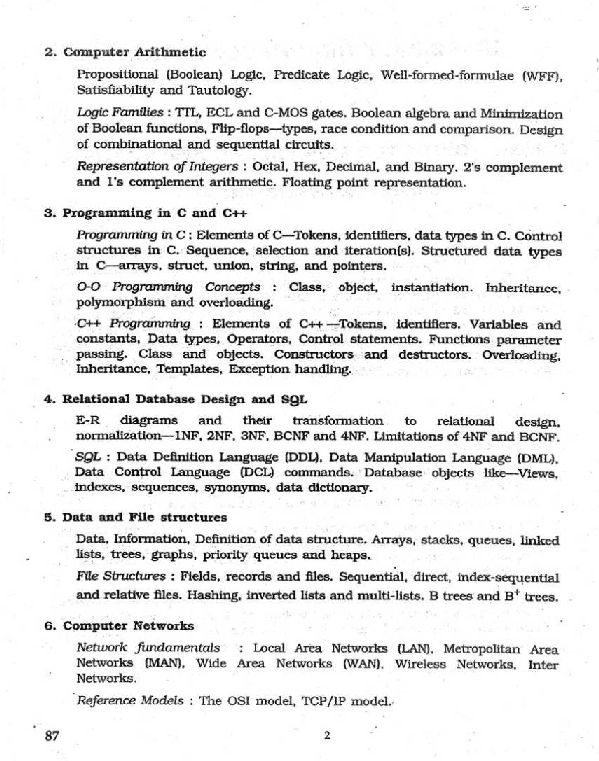 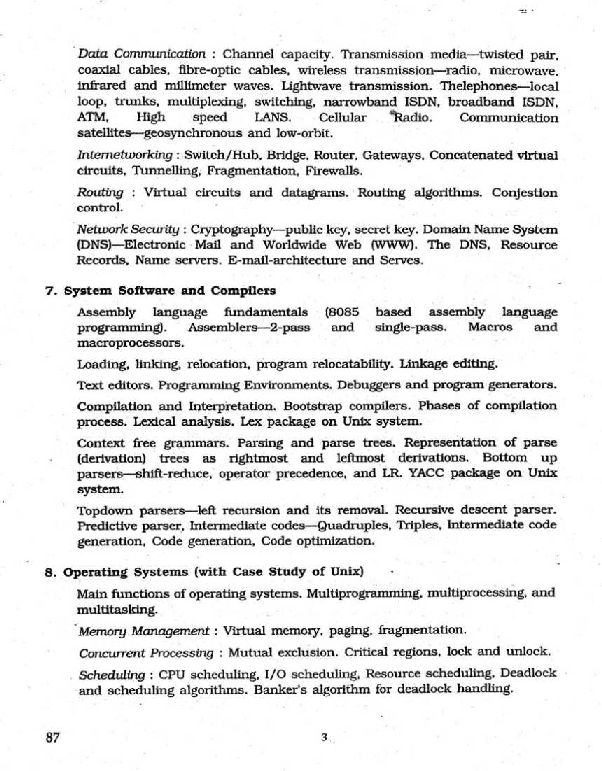 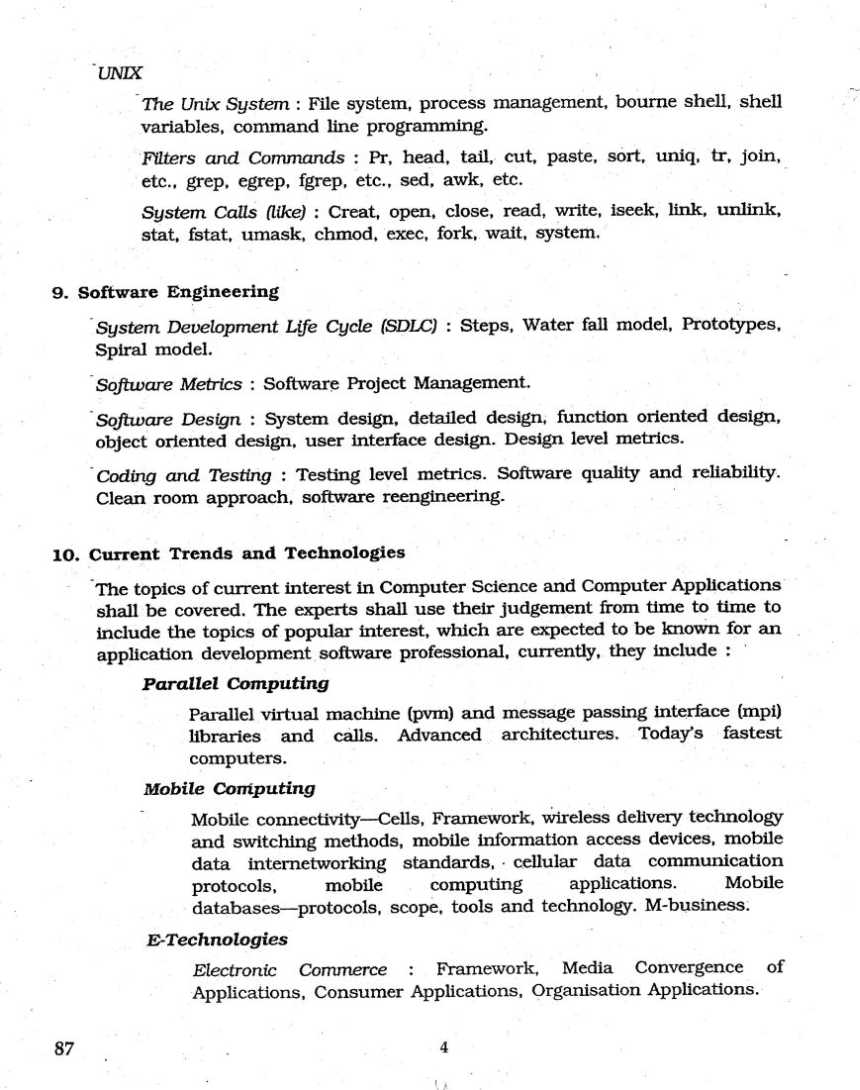 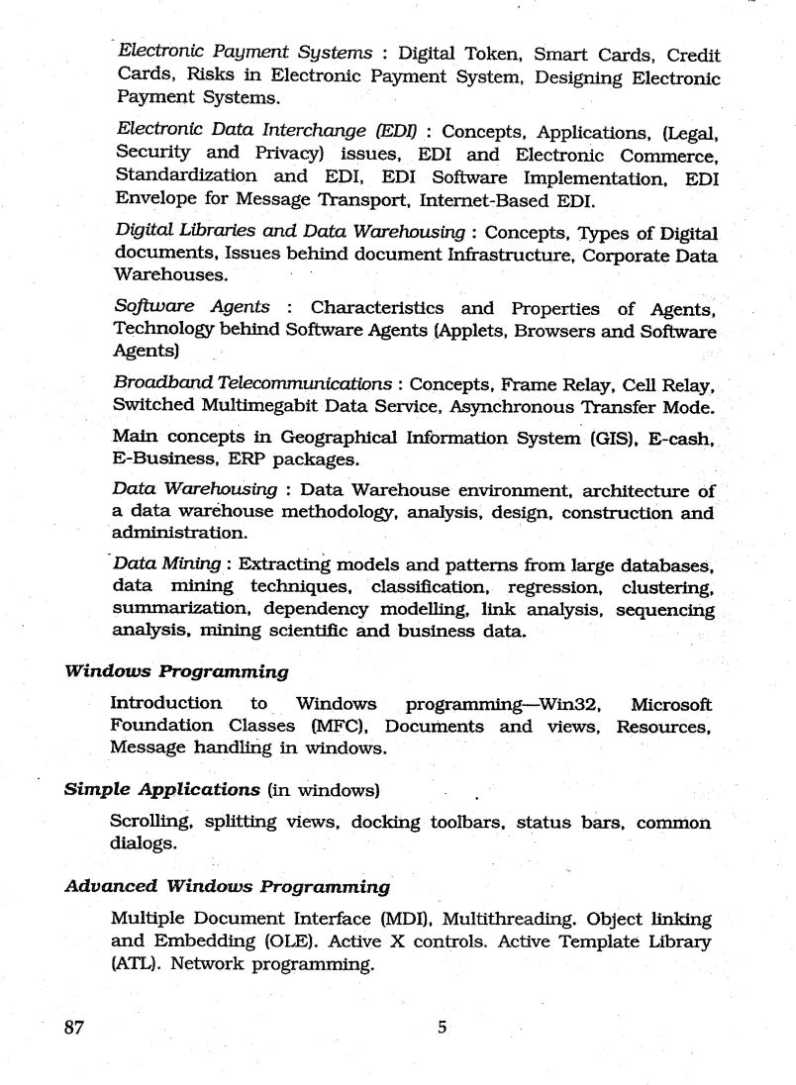 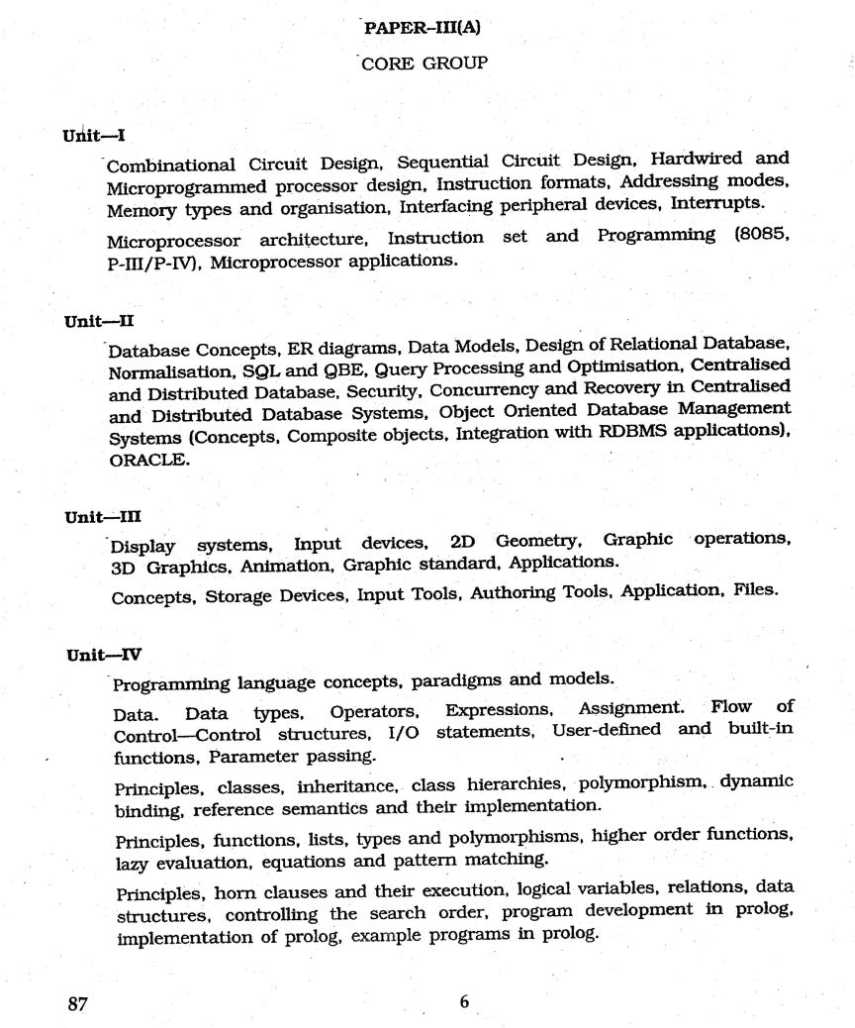 Contact Details: University Grants Commission Prasana Kumar Block, Palace Road, Gandhi Nagar, Bangalore, Karnataka 560009 080 2228 0380 India Map Location:
__________________ Answered By StudyChaCha Member Last edited by Aakashd; July 28th, 2018 at 09:17 AM. |
|
#5
| |||
| |||
|
This is the UGC NET Computer Science syllabus: Functions of single variable, limit, continuity and differentiability, Mean value theorems, Indeterminate forms and L'Hospital rule, Maxima and minima, Taylor's series, Newton’s method for finding roots of polynomials. Fundamental and mean value-theorems of integral calculus. Numerical integration by trapezoidal and Simpson’s rule. Evaluation of definite and improper integrals, Beta and Gamma functions, Functions of two variables, limit, continuity, partial derivatives, Euler's theorem for homogeneous functions, total derivatives, maxima and minima, Lagrange method of multipliers, double integrals and their applications, sequence and series, tests for convergence, power series, Fourier Series, Half range sine and UGC NET Computer Science syllabus       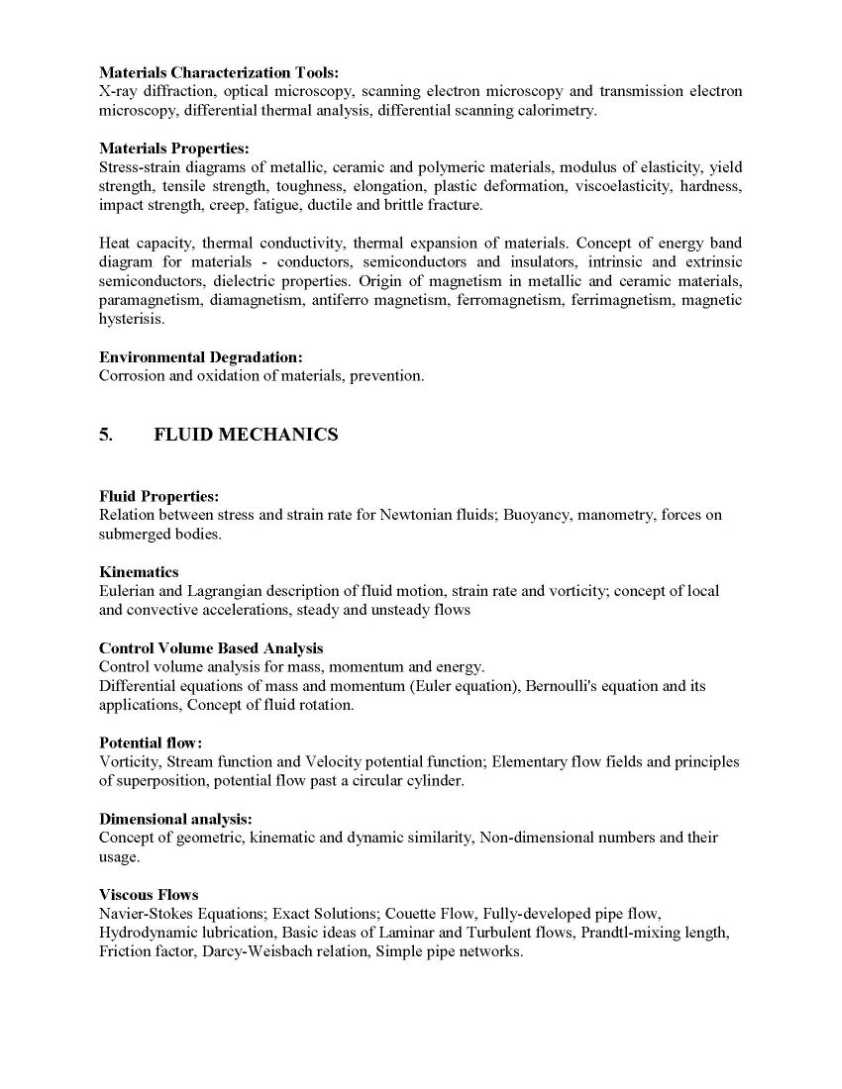 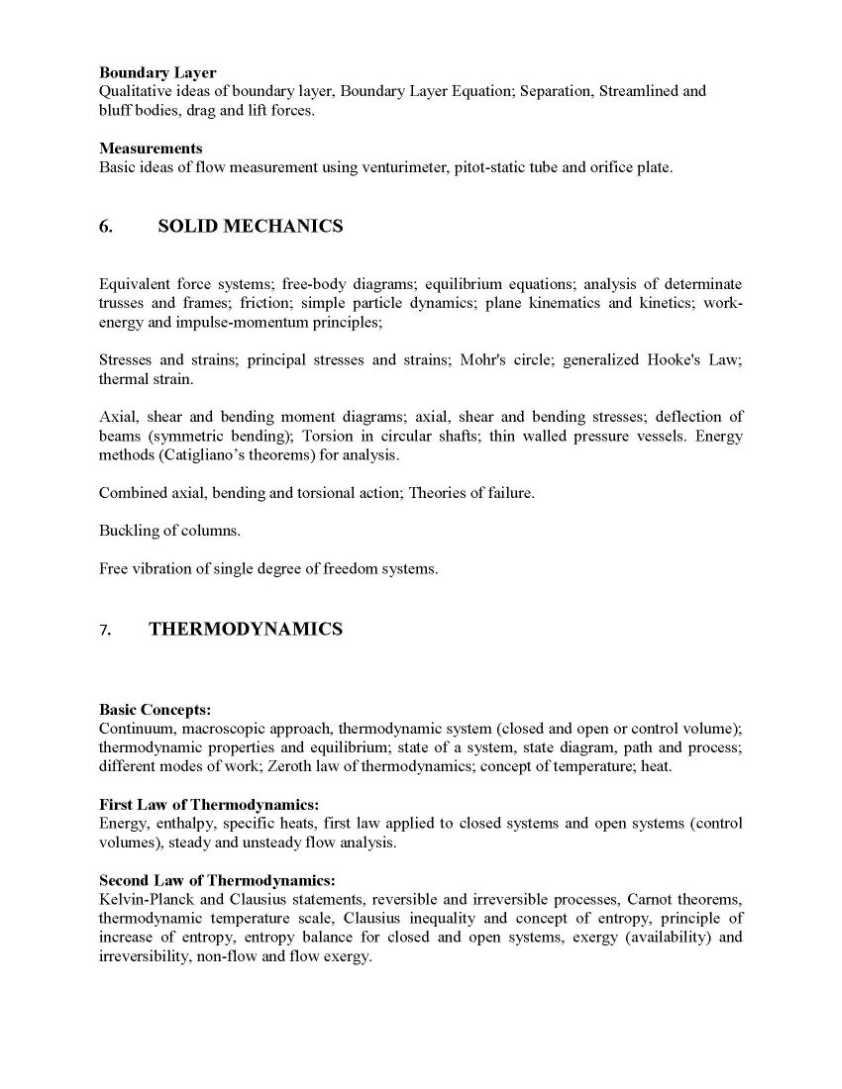 
__________________ Answered By StudyChaCha Member Last edited by Aakashd; July 28th, 2018 at 09:16 AM. |
|
#7
| |||
| |||
|
As you want to get the syllabus of Computer Science of exam of UGC National Eligibility Test so here is the information of the same for you: Syllabus of Computer Science of exam of UGC National Eligibility Test 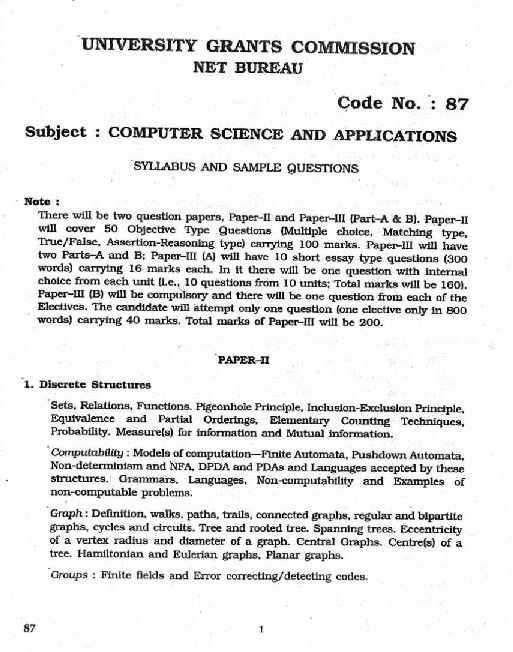 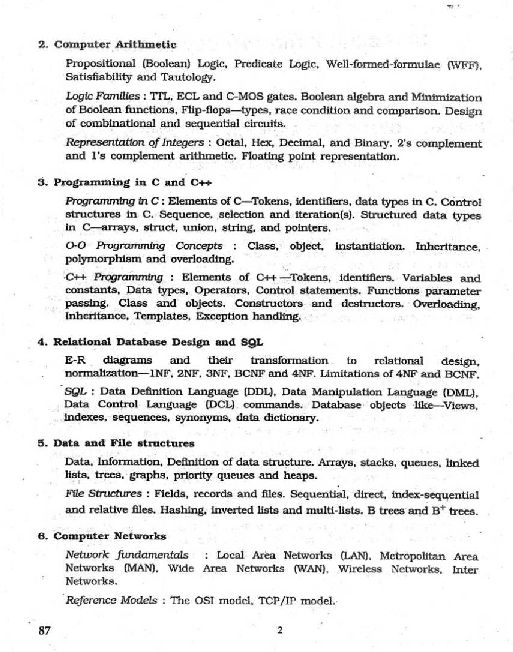  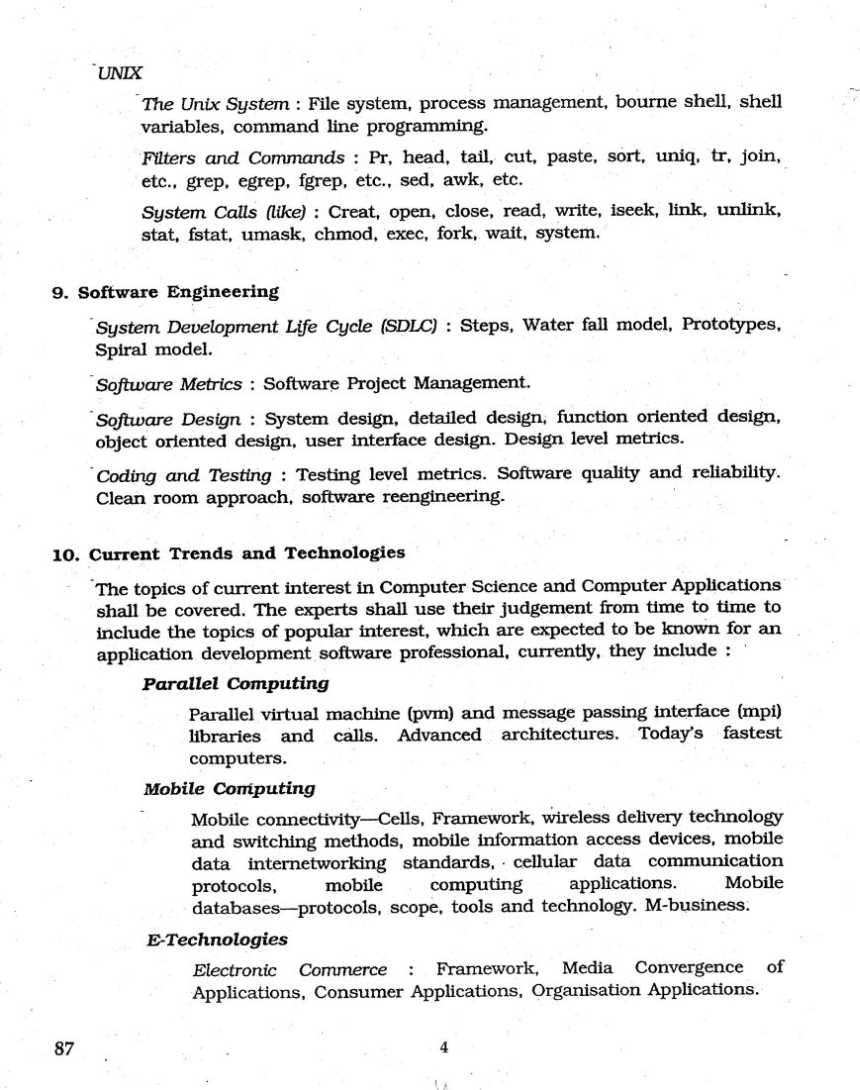 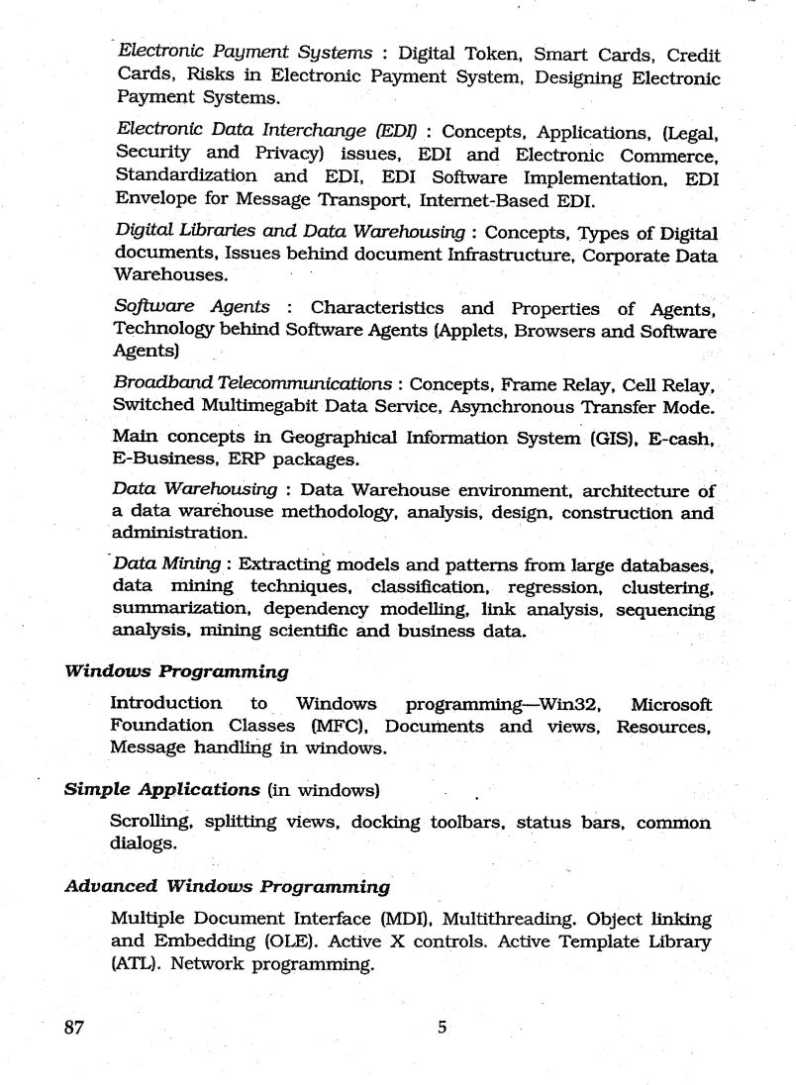 Contact Details: University Grants Commission New Delhi Bahadur Shah Zafar Marg, Balmiki Basti, Vikram Nagar, New Delhi, Delhi 110002 093 33 778791 India Map Location:
__________________ Answered By StudyChaCha Member Last edited by Aakashd; July 28th, 2018 at 09:16 AM. |
|
#9
| |||
| |||
|
This is the UGC NET computer science syllabus: UGC NET computer science syllabus EXAM SCHEME FOR SINGLE PAPER CSIR-UGC NET in Engineering Sciences The pattern for the Single Paper MCQ test in Engineering Sciences shall be as given below:- The MCQ test paper in Engineering Science shall carry a maximum of 200 marks. The duration of exam shall be three hours. The question paper shall be divided in three parts Part ‘A’. This part shall carry 20 questions of General Aptitude (Logical reasoning, graphical analysis, analytical and numerical ability, quantitative comparisons, series formation, puzzles, etc). Candidates shall be required to answer any 15 questions. Each question shall be of 2 marks. Total marks allocated to this section shall be 30 out of 200. ---------------------------------------------------------------------------------------------------------------- Part ‘B’: This part shall contain 25 questions related to Mathematics and Engineering Aptitude. Candidates shall be required to answer any 20 questions. Each question shall be of 3.5 marks. Total marks allocated to this section shall be 70 out of 200. ---------------------------------------------------------------------------------------------------------------- Part ‘C’ shall contain subject related questions of the following 7 subject areas : 1. Computer Science & Information Technology 2 Electrical Science 3. Electronics 4. Materials Science 5. Fluid Mechanics 6. Solid Mechanics 7. Thermodynamics Each subject area will have 10 questions. Candidates shall be required to answer any 20 questions out of a total of 70 questions. Each question shall be of 5 marks. The total marks allocated to this part shall be 100 out of 200. Negative marking for wrong answers shall be @ 25% NB: The actual number of questions in each Part and Section to be asked and attempted may vary from exam to exam. SYLLABUS PART A General aptitude with emphasis on logical reasoning, graphical analysis, analytical and numerical ability, quantitative comparisons, series formation, puzzles, etc. SYLLABUS PART B Mathematics And Engineering Aptitude Linear Algebra Calculus Complex variables Vector Calculus Ordinary Differential Algebra of matrices, inverse, rank, system of linear equations, symmetric, skew-symmetric and orthogonal matrices. Hermitian, skew-Hermitian and unitary matrices. eigenvalues and eigenvectors, diagonalisation of matrices. Functions of single variable, limit, continuity and differentiability, Mean value theorems, Indeterminate forms and L'Hospital rule, Maxima and minima, Taylor's series, Newton’s method for finding roots of polynomials. Fundamental and mean value-theorems of integral calculus. Numerical integration by trapezoidal and Simpson’s rule. Evaluation of definite and improper integrals, Beta and Gamma functions, Functions of two variables, limit, continuity, partial derivatives, Euler's theorem for homogeneous functions, total derivatives, maxima and minima, Lagrange method of multipliers, double integrals and their applications, sequence and series, tests for convergence, power series, Fourier Series, Half range sine and cosine series. Analytic functions, Cauchy-Riemann equations, Line integral, Cauchy's integral theorem and integral formula Taylor’s and Laurent' series, Residue theorem and its applications. Gradient, divergence and curl, vector identities, directional derivatives, line, surface and volume integrals, Stokes, Gauss and Green's theorems and their applications. First order equation (linear and nonlinear), Second order linear differential equations with variable coefficients, Variation of Equations Probability parameters method, higher order linear differential equations with constant coefficients, Cauchy-Euler's equations, power series solutions, Legendre polynomials and Bessel's functions of the first kind and their properties. Numerical solutions of first order ordinary differential equations by Euler’s and Runge-Kutta methods. Definitions of probability and simple theorems, conditional probability, Bayes Theorem. Solid Body Motion and Fluid Motion: Energetics: Electron Transport: Electromagnetics: Materials: Particle dynamics; Projectiles; Rigid Body Dynamics; Lagrangian formulation; Eularian formulation; Bernoulli’s Equation; Continuity equation; Surface tension; Viscosity; Brownian Motion. Laws of Thermodynamics; Concept of Free energy; Enthalpy, and Entropy; Equation of State; Thermodynamics relations. Structure of atoms, Concept of energy level, Bond Theory; Definition of conduction, Semiconductor and Insulators; Diode; Half wave & Full wave rectification; Amplifiers & Oscillators; Truth Table. Theory of Electric and Magnetic potential & field; Biot & Savart’s Law; Theory of Dipole; Theory of Oscillation of electron; Maxwell’s equations; Transmission theory; Amplitude & Frequency Modulation. Periodic table; Properties of elements; Reaction of materials; Metals and non-Metals (Inorganic materials), Elementary knowledge of monomeric and polymeric compounds; Organometallic compounds; Crystal structure and symmetry, Structure-property correlation-metals, ceramics, and polymers. SYLLABUS PART C 1. COMPUTER SCIENCE AND INFORMATION TECHNOLOGY Basic Discrete Mathematics: Counting principles, linear recurrence, mathematical induction, equation sets, relations and function, predicate and propositional logic. Digital Logic: Logic functions, Minimization, Design and synthesis of combinational and sequential circuits; Number representation and computer arithmetic (fixed and floating point). Computer Organization and Architecture: Machine instructions and addressing modes, ALU and data-path, CPU control design, Memory interface, I/O interface (Interrupt and DMA mode), Instruction pipelining, Cache and main memory, Secondary storage. Programming and Data Structures: Programming in C; Functions, Recursion, Parameter passing, Scope, Binding; Abstract data types, Arrays, Stacks, Queues, Linked Lists, Trees, Binary search trees, Binary heaps. Algorithms: Analysis, Asymptotic notation, Notions of space and time complexity, Worst and average case analysis; Design: Greedy approach, Dynamic programming, Divide-and conquer; Tree and graph traversals, Connected components, Spanning trees, Shortest paths; Hashing, Sorting, Searching. Asymptotic analysis (best, worst, average cases) of time and space, upper and lower bounds, Basic concepts of complexity classes P, NP, NP-hard, NP-complete. Operating System: Processes, Threads, Inter-process communication, Concurrency, Synchronization, Deadlock, CPU scheduling, Memory management and virtual memory, File systems. Databases: ER-model, Relational model (relational algebra, tuple calculus), Database design (integrity constraints, normal forms), Query languages (SQL), File structures (sequential files, indexing, B and B+ trees), Transactions and concurrency control. Information Systems and Software Engineering: information gathering, requirement and feasibility analysis, data flow diagrams, process specifications, input/output design, process life cycle, planning and managing the project, design, coding, testing, implementation, maintenance. 2. ELECTRICAL SCIENCES Electric Circuits and Fields: Node and mesh analysis, transient response of dc and ac networks, sinusoidal steady-state analysis, resonance, basic filter concepts, ideal current and voltage sources, Thevenin’s, Norton’s and Superposition and Maximum Power Transfer theorems, two port networks, three phase circuits, measurement of power in three phase circuits, Gauss Theorem, electric field and potential due to point, line, plane and spherical charge distributions, Ampere’s and Biot-Savart’s laws, inductance, dielectrics , capacitance. Electrical Machines: Magnetic circuits Magnetic circuits, Single phase transformer- equivalent circuit, phasor diagram, tests, regulation and efficiency, Three phase transformers- connections, parallel operation, auto-transformer; energy conversion principles, DC Machines- types , starting and speed control of dc motors, Three phase induction motors- principles, types, performance characteristics, starting and speed control , Single phase induction motors, synchronous machines performance, regulation and parallel operation of synchronous machine operating as generators, starting and speed control of synchronous motors and its applications, servo and stepper motors. Power Systems: Basic power generation concepts, transmission line models and performance, cable performance, insulation, corona and radio interference , Distribution systems, per-unit quantities, bus impedance and admittance matrices, load flow, voltage and frequency control, power factor correction; unbalanced analysis, symmetrical components, basic concepts of protection and stability; Introduction to HVDC systems. Control Systems: Principles of feedback control, transfer function, block diagrams, steady state errors, Routh and Nyquist techniques, Bode plots, Root loci, Lag , Lead and Lead-lag compensation; proportional, PI, PID controllers, state space model , state transition matrix, controllability and observability. Power Electronics and Drives: Semiconductor Power devices - power diodes, power transistors, thyristors, triacs, GTOs, MOSFETs, IGBTs – their characteristics and basic triggering circuits; diode rectifiers, thyristor based line commutated ac to dc converters, dc to dc converters – buck, boost, buck-boost, c`uk, flyback, forward, push-pull converters, single phase and three phase dc to ac inverters and related pulse width modulation techniques, stability of electric drives; speed control issues of dc motors, induction motors and synchronous motors. 3. ELECTRONICS Analog Circuits and Systems: Electronic devices: characteristics and small-signal equivalent circuits of diodes, BJTs and MOSFETs. Diode circuits: clipping, clamping and rectifier. Biasing and bias stability of BJT and FET amplifiers. Amplifiers: single-and multi-stage, differential and operational, feedback, and power. Frequency response of amplifiers. Op-amp circuits: voltage-to-current and current-tovoltage converters, active filters, sinusoidal oscillators, wave-shaping circuits, effect of practical parameters (input bias current, input offset voltage, open loop gain, input resistance, CMRR). Electronic measurements: voltage, current, impedance, time, phase, frequency measurements, oscilloscope. Digital Circuits and Systems: Boolean algebra and minimization of Boolean functions. Logic gates, TTL and CMOS IC families. Combinatorial circuits: arithmetic circuits, code converters, multiplexers and decoders. Sequential circuits: latches and flip-flops, counters and shift-registers. Sample-and-hold circuits,ADCs, DACs. Microprocessors and microcontrollers: number systems, 8085 and 8051 architecture, memory, I/O interfacing, Serial and parallel communication. Signals and Systems: Linear time invariant systems: impulse response, transfer function and frequency response of first- and second order systems, convolution. Random signals and noise: probability, random variables, probability density function, autocorrelation, power spectral density. Sampling theorem, Discrete-time systems: impulse and frequency response, IIR and FIR filters. Communications: Amplitude and angle modulation and demodulation, frequency and time division multiplexing. Pulse code modulation, amplitude shift keying, frequency shift keying and pulse shift keying for digital modulation. Bandwidth and SNR calculations. Information theory and channel capacity. 4. MATERIALS SCIENCE Structure: Atomic structure and bonding in materials. Crystal structure of materials, crystal systems, unit cells and space lattices, miller indices of planes and directions, packing geometry in metallic, ionic and covalent solids. Concept of amorphous, single and polycrystalline structures and their effect on properties of materials. Imperfections in crystalline solids and their role in influencing various properties. Diffusion: Fick's laws and application of diffusion. Metals and Alloys: Solid solutions, solubility limit, phase rule, binary phase diagrams, intermediate phases, intermetallic compounds, iron-iron carbide phase diagram, heat treatment of steels, cold, hot working of metals, recovery, recrystallization and grain growth. Microstrcture, properties and applications of ferrous and non-ferrous alloys. Ceramics, Polymers, & Composites: Structure, properties, processing and applications of ceramics. Classification, polymerization, structure and properties, processing and applications. Properties and applications of various composites. Materials Characterization Tools: X-ray diffraction, optical microscopy, scanning electron microscopy and transmission electron microscopy, differential thermal analysis, differential scanning calorimetry. Materials Properties: Stress-strain diagrams of metallic, ceramic and polymeric materials, modulus of elasticity, yield strength, tensile strength, toughness, elongation, plastic deformation, viscoelasticity, hardness, impact strength, creep, fatigue, ductile and brittle fracture. Heat capacity, thermal conductivity, thermal expansion of materials. Concept of energy band diagram for materials - conductors, semiconductors and insulators, intrinsic and extrinsic semiconductors, dielectric properties. Origin of magnetism in metallic and ceramic materials, paramagnetism, diamagnetism, antiferro magnetism, ferromagnetism, ferrimagnetism, magnetic hysterisis. Environmental Degradation: Corrosion and oxidation of materials, prevention. 5. FLUID MECHANICS Fluid Properties: Relation between stress and strain rate for Newtonian fluids; Buoyancy, manometry, forces on submerged bodies. Kinematics Eulerian and Lagrangian description of fluid motion, strain rate and vorticity; concept of local and convective accelerations, steady and unsteady flows Control Volume Based Analysis Control volume analysis for mass, momentum and energy. Differential equations of mass and momentum (Euler equation), Bernoulli's equation and its applications, Concept of fluid rotation. Potential flow: Vorticity, Stream function and Velocity potential function; Elementary flow fields and principles of superposition, potential flow past a circular cylinder. Dimensional analysis: Concept of geometric, kinematic and dynamic similarity, Non-dimensional numbers and their usage. Viscous Flows Navier-Stokes Equations; Exact Solutions; Couette Flow, Fully-developed pipe flow, Hydrodynamic lubrication, Basic ideas of Laminar and Turbulent flows, Prandtl-mixing length, Friction factor, Darcy-Weisbach relation, Simple pipe networks. Boundary Layer Qualitative ideas of boundary layer, Boundary Layer Equation; Separation, Streamlined and bluff bodies, drag and lift forces. Measurements Basic ideas of flow measurement using venturimeter, pitot-static tube and orifice plate. 6. SOLID MECHANICS Equivalent force systems; free-body diagrams; equilibrium equations; analysis of determinate trusses and frames; friction; simple particle dynamics; plane kinematics and kinetics; workenergy and impulse-momentum principles; Stresses and strains; principal stresses and strains; Mohr's circle; generalized Hooke's Law; thermal strain. Axial, shear and bending moment diagrams; axial, shear and bending stresses; deflection of beams (symmetric bending); Torsion in circular shafts; thin walled pressure vessels. Energy methods (Catigliano’s theorems) for analysis. Combined axial, bending and torsional action; Theories of failure. Buckling of columns. Free vibration of single degree of freedom systems. 7. THERMODYNAMICS Basic Concepts: Continuum, macroscopic approach, thermodynamic system (closed and open or control volume); thermodynamic properties and equilibrium; state of a system, state diagram, path and process; different modes of work; Zeroth law of thermodynamics; concept of temperature; heat. First Law of Thermodynamics: Energy, enthalpy, specific heats, first law applied to closed systems and open systems (control volumes), steady and unsteady flow analysis. Second Law of Thermodynamics: Kelvin-Planck and Clausius statements, reversible and irreversible processes, Carnot theorems, thermodynamic temperature scale, Clausius inequality and concept of entropy, principle of increase of entropy, entropy balance for closed and open systems, exergy (availability) and irreversibility, non-flow and flow exergy. Properties of Pure Substances: Thermodynamic properties of pure substances in solid, liquid and vapor phases, P-V-T behaviour of simple compressible substances, phase rule, thermodynamic property tables and charts, ideal and real gases, equations of state, compressibility chart. Thermodynamic Relations: T-ds relations, Maxwell equations, Joule-Thomson coefficient, coefficient of volume expansion, adiabatic and isothermal compressibilities, Clapeyron equation. Thermodynamic cycles: Carnot vapour power cycle; simple Rankine cycle, reheat and regenerative Rankine cycle; Air standard cycles: Otto cycle, Diesel cycle, simple Brayton cycle, Brayton cycle with regeneration, reheat and intercooling; vapour-compression refrigeration cycle. Ideal Gas Mixtures: Dalton's and Amagat's laws, calculations of properties (internal energy, enthalpy, entropy), airwater vapour mixtures and simple thermodynamic processes involving them.
__________________ Answered By StudyChaCha Member |
 |
| |